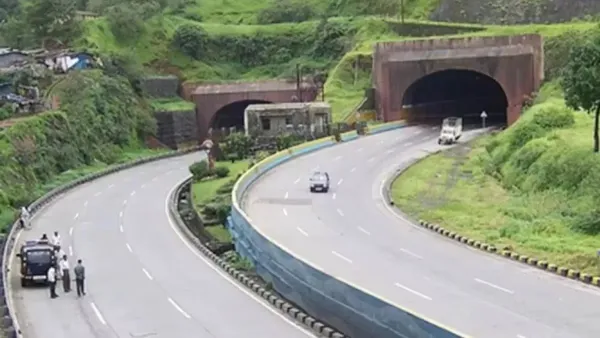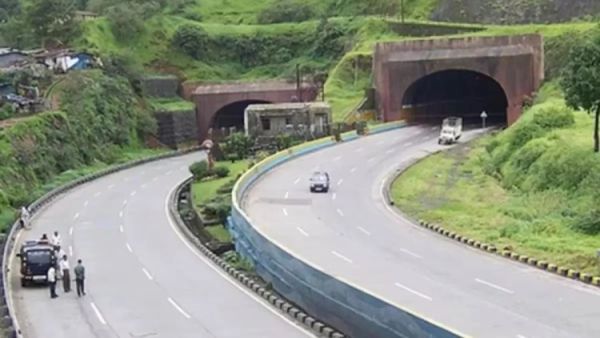
Yashwantrao Chavan Expressway is another name for the Mumbai-Pune Expressway, a 6-lane roadway that spans 94.5 kilometers. The cost of building the highway was close to 16,300 crores. It changed the rules for road travel as India’s first expressway. On both sides of the motorway are concrete service roads with three lanes.

The trip from Mumbai to Pune now takes an hour instead of three thanks to the Mumbai-Pune Expressway. The highway is now perfect for both long-distance and everyday commuters due to the considerable time savings. There are several tunnels, stunning, verdant scenery, and enthralling vistas of the Sahyadri mountains all along the road. Interestingly, this is the priciest motorway, but can you guess why?
The hefty toll levy that commuters must pay is what drives up the cost of this route. Every year, the expressway toll is increased by 6%, with a total rise of 18% every three years. The latest modification was made in April 2023, when the toll was increased from Rs 270 to Rs 320 and from Rs 495 for vehicles such as minibuses and tempos to Rs 320 instead of Rs 420. By automobile, a single journey costs Rs. 336, or around Rs. 3.40 per kilometer.
Mumbai and Pune are connected by the first six-lane expressway in India, the Mumbai-Pune Expressway. After 22 years of development, the project, which was conceived by then-Prime Minister Atal Bihari Vajpayee, was finished in 2002. It is anticipated that two more lanes will be added shortly.
The Mumbai-Pune Expressway’s speed limit
The Mumbai-Pune Expressway has a speed restriction of only 100 km/h, although other expressways allow a maximum speed of 180 km/h. The Mumbai-Pune highway is expected to get two extra lanes in the next months, according to some sources. The Mumbai-Pune Expressway now runs from Kalamboli in Navi Mumbai to Kiwale in Pune.
Eight tunnels will be built as part of this project, two at Kamshet and four at Madap and Bhatan, with the goal of improving local infrastructure and connections.